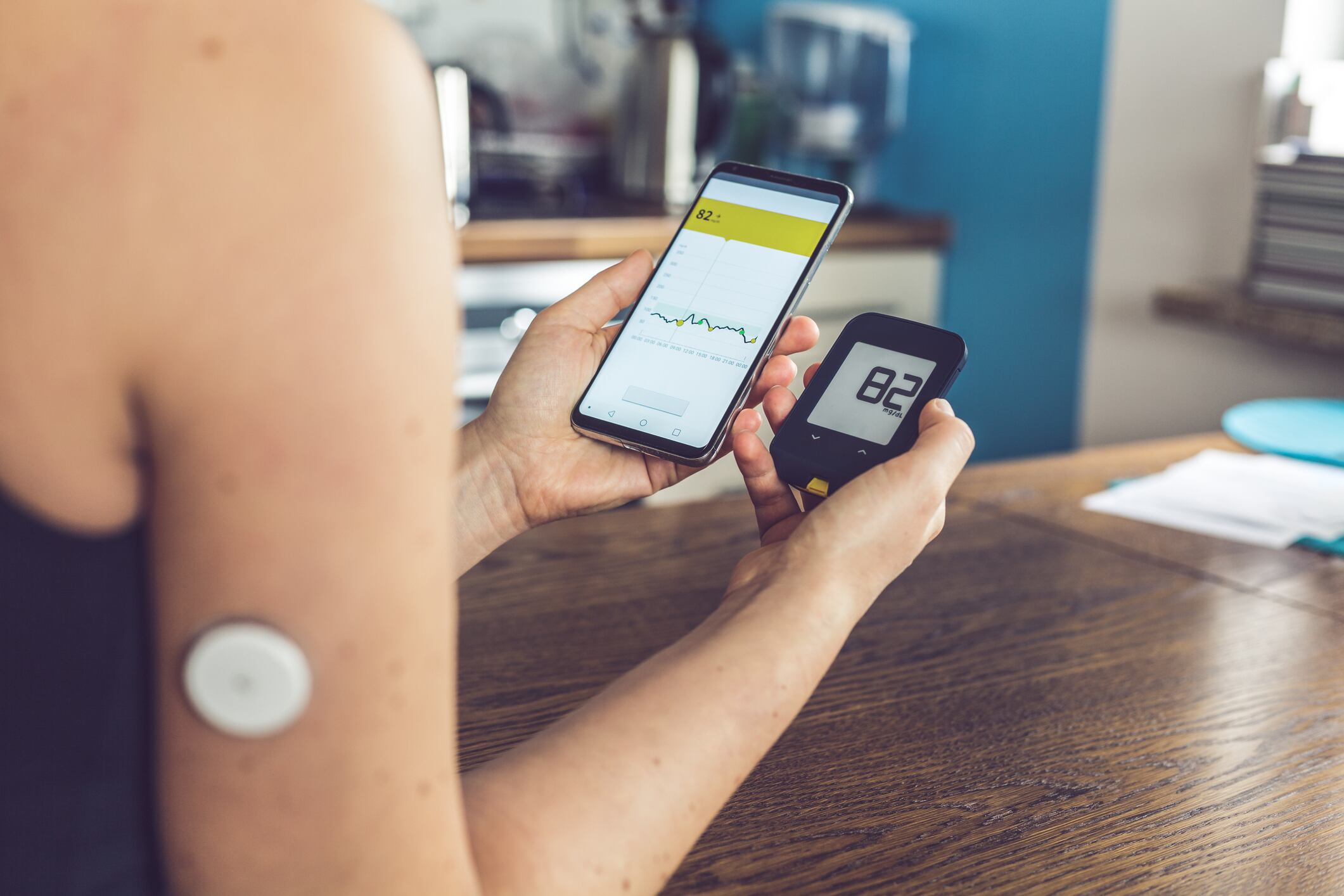The study provides backing for the utility of CGM-based personalised nutrition apps.
The study, which utilised continuous glucose monitors (CGMs), discovered two responder types to meals. High-responders had sustained glucose peaks over longer periods of time following a range of meals, compared to the low-responders. This response was most prevalent when carbohydrate contents were greater than 50%.
The Korean researchers summarise: “Our study found that the mean glucose excursion for mixed meals with varying carbohydrate levels corresponds to the proportions of carbohydrates in those meals. We also identified individuals who exhibited high responses in postprandial glycaemic response.”
“To improve glycaemic variability and control, it is crucial to understand the glycaemic response to carbohydrate-rich meals and adopt a meal-based approach when planning diets,” they add, highlighting the benefits of CGM usage.
Glucose control and health
The importance of maintaining normal glucose levels has been increasingly discussed over recent years, with frequent irregularities associated with various metabolic diseases such as obesity and type 2 diabetes. In addition, postprandial hyperglycaemia has been associated with an increased risk of cardiovascular disease.
Post-prandial glucose responses (PPGRs) are largely determined by dietary carbohydrate intakes, with their subsequent metabolism being critical for ensuring a constant energy supply for cells within the body. Measuring the glycemic indexes (GIs) of such foods has been a long-established method for predicting postprandial responses, yet their limitations have been noted with regards to mixed meals as meal composition is noted to have a significant effect on individual PPGR.
CGMs measuring continuous glucose levels have enabled for glycaemic variability to be accurately evaluated, with previous studies noting high inter-individual variability following intakes of the same meals.
With most studies focusing on the effect of certain diets on glycaemic variability, the present study sought to investigate the individual PPGRs to four different meal types with varying carbohydrate contents using CGMs.
Study specifics
The researchers conducted the prospective two-week intervention using 34 healthy Korean adults with a mean age of 22.5 years. Participants were connected to CGMs, and initial oral glucose tolerance tests (OGTTs) were conducted in response to 75g of glucose to validate CGMs.
After a fasting glucose measurement, participants then received a meal prepared by staff at the study centre. Subsequent glucose levels were reported over two hours at 15-minute intervals. This was repeated over separate days for the four different meals, which included a rice-based dish with vegetables (type A), a ham and cheese sandwich (type B), a chicken and vegetable salad (type C), and a fruit bowl (type D).
The dietary glycaemic load (DGL) of the mixed rice meal was the highest at 63.7, whilst the fruit bowl was the lowest at 46.7 due to its fibre content. carbohydrate levels per meal were classed by percentage of energy: 65% for type A, 56% for type B, 45% for type C, and 92% for type D.
It was observed that glycaemic responses were categorised into two response groups, even if carbohydrate levels were lowered. Participants classed as high responders for each meal type demonstrated sustained glucose peaks over a longer duration compared to low responders.
This was noted to be most prevalent in the meals containing contents of carbohydrates over 50%, with high responders generating similar peaks to the 75g of glucose following meal type A. However, meal type D responses showed no correlation between 14-day glycaemic variability and control.
Explained
The study identified two key PPGRs to meals of differing carbohydrate contents, highlighting the significant individual differences to foods of varying GI and the benefits of using CGMs to understand responses.
Meal carbohydrate contents correlated well with PPGRs in some people (carbohydrate-sensitive), while some people showed little relationship between meal carbohydrates and PPGR (carbohydrate-insensitive).
Considering the individual glycemic response, the authors suggest it may not be necessary for everyone to replace staples with low-GI foods but only for those identified as high responders.
The researchers explain the responses: “Despite the differences in carbohydrate content and energy intake among these meals, we observed that the postprandial glycaemic curves were influenced by the order of carbohydrate proportions in the meals. The reduced glycaemic response observed in the sandwich and chicken salad meals can be attributed to the combined effects of protein and fat contents, which align with findings from previous studies.”
In addition, they add that the lack of correlation observed following the meal containing less than 45% carbs highlights potential dietary options for high responders, to help manage their PPGRs.
They note: "Since everyone has their own food preferences, and no one wants to have the same meal type at every meal, it is important to have individualized diets. However, it is also crucial to take a meal-based approach rather than focusing on single food items when considering individualized diets."
The report emphasised the need for further study utilising a larger, more representative sample to validate the findings reported.
Source: Nutrients
https://www.mdpi.com/2072-6643/15/16/3571#
“Individual Postprandial Glycemic Responses to Meal Types by Different Carbohydrate Levels and Their Associations with Glycemic Variability Using Continuous Glucose Monitoring”
by Jiwoo Song, Tae Jung Oh, and YoonJu Song

